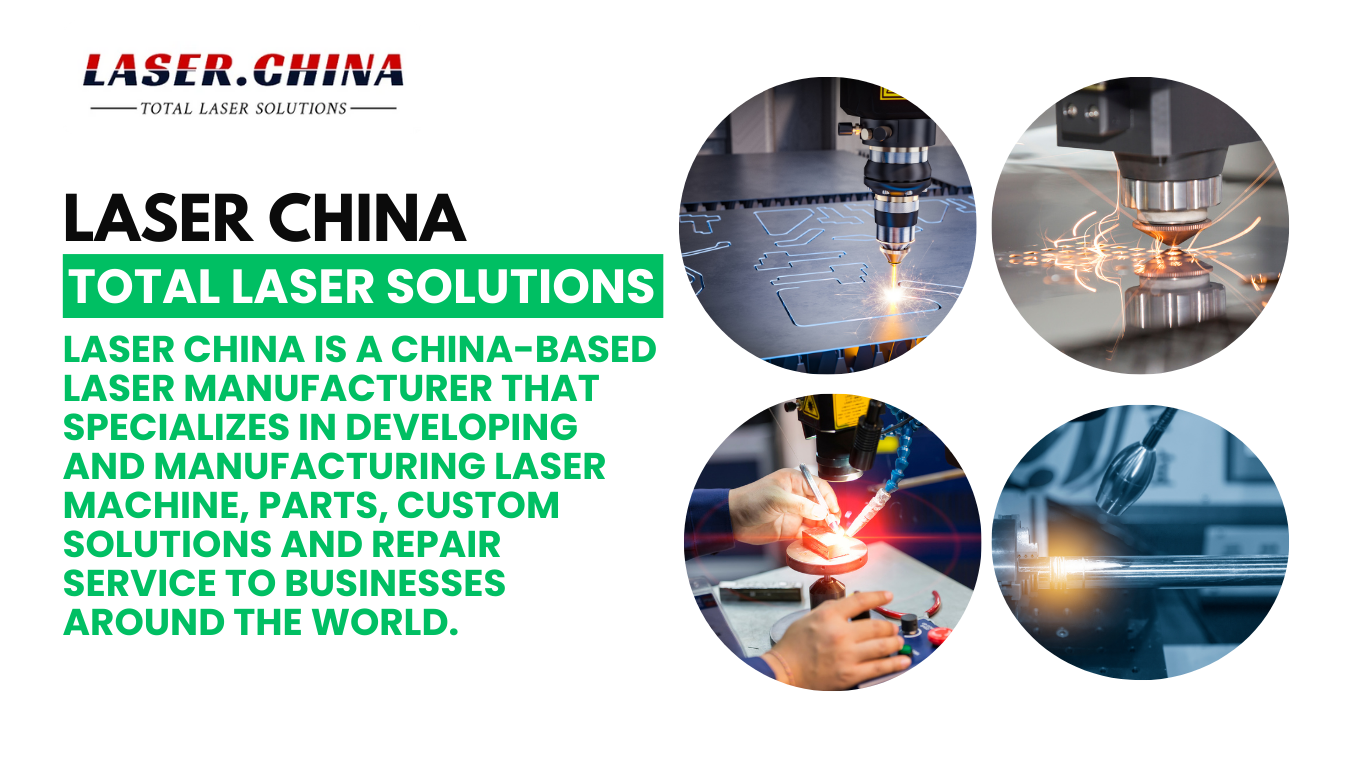Notifications

5 minutes, 2 seconds
-309 Views 0 Comments 0 Likes 0 Reviews

Metal laser cutting machines have become a crucial tool in modern manufacturing, offering unparalleled precision, efficiency, and versatility. These machines use high-powered lasers to cut, engrave, or shape various metals with extreme accuracy. Industries such as automotive, aerospace, construction, and electronics heavily rely on metal laser cutting machines to enhance production efficiency and maintain high-quality standards. This article explores the benefits and applications of metal laser cutting machines.
One of the biggest advantages of metal laser cutting machines is their precision. The laser beam is highly focused, enabling clean and intricate cuts with minimal material distortion. This precision is essential for industries requiring detailed and complex metal components, such as aerospace and electronics manufacturing.
Compared to traditional cutting methods like plasma cutting or mechanical cutting, laser cutting is significantly faster. The automated nature of laser cutters ensures consistent production speeds, making them ideal for high-volume manufacturing.
Laser cutting optimizes material usage by reducing waste. The narrow laser beam allows for tight nesting of parts, minimizing scrap material. This efficiency reduces production costs and supports sustainable manufacturing practices.
Metal laser cutting machines can process a variety of metals, including:
Different laser types, such as fiber lasers and CO₂ lasers, are optimized for cutting different metal thicknesses and compositions.
Unlike mechanical cutting methods that can leave rough edges, laser cutting produces smooth, burr-free cuts. This reduces the need for additional finishing processes like grinding or polishing, saving time and labor costs.
Modern metal laser cutters integrate with Computer-Aided Design (CAD) software, allowing manufacturers to create precise designs and execute them seamlessly. This automation reduces human error and enhances production consistency.
Fiber laser cutting machines, in particular, require minimal maintenance compared to CO₂ laser machines. Since they have fewer moving parts and do not require frequent gas refills, they offer long-term cost savings.
Laser cutters are widely used in the automotive sector to create parts such as car body panels, exhaust systems, and structural components. Their precision ensures that parts fit perfectly, improving vehicle performance and safety.
In aerospace manufacturing, precision and reliability are critical. Metal laser cutting machines help in producing lightweight yet durable components for aircraft, including turbine blades, structural parts, and engine components.
Architects and builders use laser cutting technology for creating metal facades, railings, staircases, and decorative elements. The ability to create intricate designs makes laser cutting ideal for customized metalwork.
Laser cutting plays a crucial role in producing electronic components, such as circuit boards, connectors, and enclosures. The precision of laser cutting ensures that even the smallest components meet industry standards.
Laser cutting is used to manufacture surgical instruments, implants, and other medical devices with extreme precision. The accuracy of laser technology ensures compliance with medical industry regulations.
Metal fabricators use laser cutting for creating custom metal parts for various industries. The flexibility of laser cutting allows manufacturers to produce specialized components in small or large batches.
Metal laser cutting machines have transformed modern manufacturing by providing high-speed, precise, and cost-effective cutting solutions. Their ability to work with various metals and integrate with automated systems makes them essential in industries requiring accuracy and efficiency. As technology advances, laser cutting machines will continue to play a vital role in shaping the future of industrial manufacturing.

